No products in the cart.
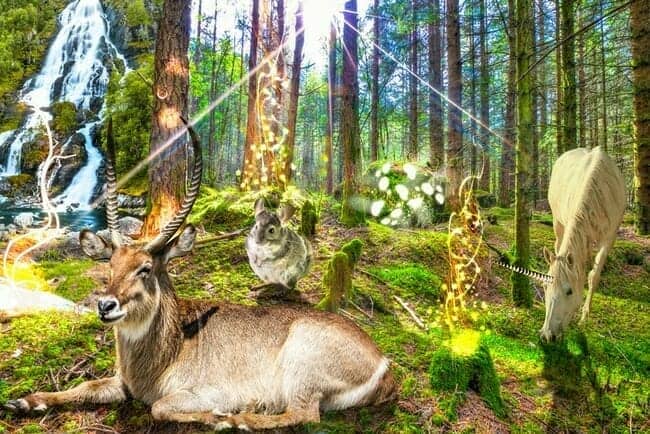
What is an animal spirit and who believes in them? People around the world have experienced spiritual kinships with animals for at least tens of thousands of years – from the time that humans began recording their perceptions on cave walls. And since then, it has become increasingly clear, as is evident in stories, artwork, cultural rituals, and more, that many people believe that animals are as integrated with the spirit world as we are.
In this post, we’ll explore animal spirits and animal mythology and folklore in different cultures.
Table of Contents [Hide]
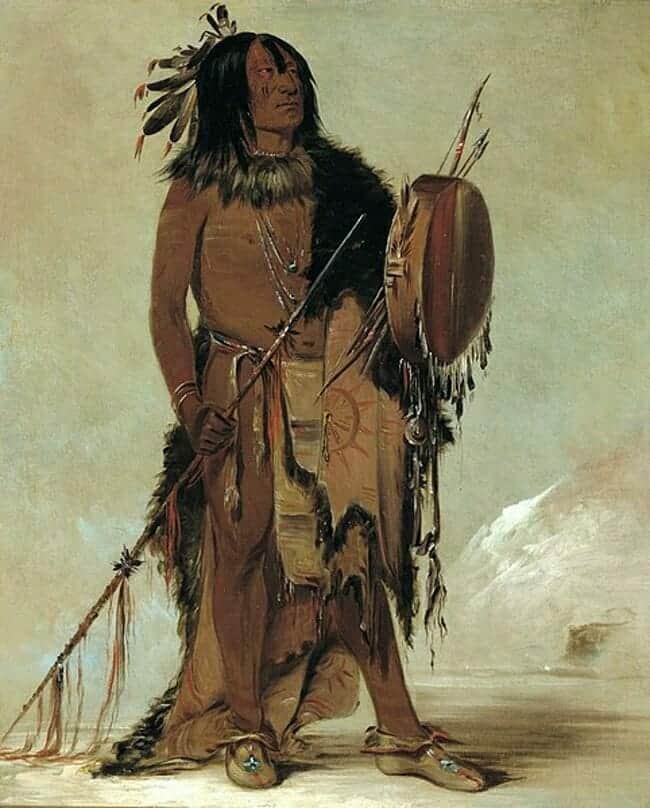
The term “spirit animal” is probably associated by most people with Native American cultures. Indeed, as Native Americans believe they are inseparable from the natural world, these values extend to the spirit world as well. Many tribes believe that animals can communicate with spirits and that they have supernatural powers. They also believe that a special connection with a specific type of animal, such as a wolf, eagle, or deer, can bring them extra sensory powers and insights.
Additionally, Native Americans believe that you can have more than one spirit animal and that these animals will choose you during a vision quest, a deep meditation, or a profound experience that affects the course of your life. In fact, some tribes believe that each of us has nine power animals who accompany us and serve as guides throughout our lifetimes.
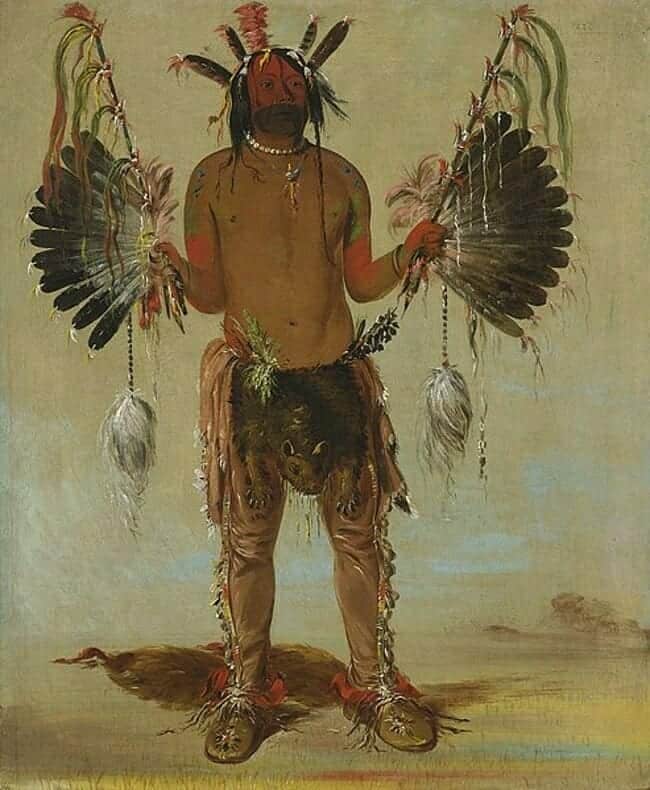
Many tribes believe that medicine men, or shamans, can shapeshift into an animal, gaining unique powers that the animal possesses. For example, medicine men who shapeshift into owls gain crystal-clear insight. In addition, many tribes believe that a dream of a special animal can bring messages from your ancestors.
Because they view them as sacred, Native Americans have taboos around killing certain animals. For example, owl medicine men vow to never harm an owl. Furthermore, many tribes view it as spiritually unacceptable to kill a mother bear with cubs. And if they killed an animal for food, they must thank their spirit.
Native American tribes also have a clan system that centers around the protection of a specific type of animal. The clan is a system of community organization that is based on maternal family lines.
Historians theorize that the system helped to keep gene lines healthy. Generally, clans are associated with an animal who is the protector of the clan. For example, different tribes have bear, crow, fox, wolf, hummingbird, snake, bobcat, and other animal clans.

In addition, virtually every Native American tribe depicts animals who were special to them in their artwork. An example of tribal artwork is animal totems, which are sacred objects that represent the tribe or clan and tell stories about family lineage or a specific person. An animal totem carries the energy of the animal’s most powerful traits.
For example, the tribes of the Pacific Northwest carve totem poles from trees, which tell the story of their family’s ancestry and their legends. A spirit animal depicted on a totem pole is a guide who walks through life with a person or family – teaching, guiding, and protecting them.
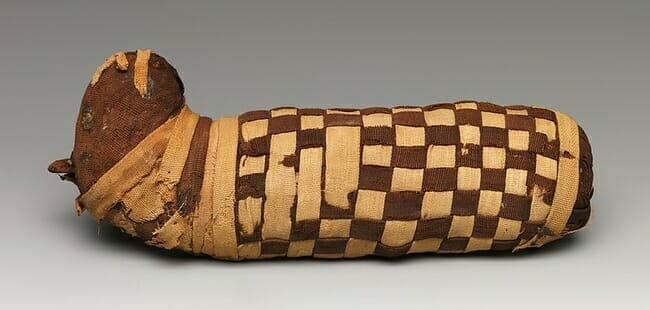
The ancient Egyptians loved animals. In fact, their pets were every bit as important to them as our animal companions are to us today. For example, in ancient Egyptian households, if the family cat died, everyone in the home would shave their eyebrows to show their grief. And if the dog died, the family would shave off all of their body hair, including the hair on their heads.
Historian Joshua Mark tells the story of a high priestess named Maatkare Mutemhat, who lived during the 21st Dynasty, around 1,077 – 943 BC.
Mutemhat devoted herself to the god Amun, taking a vow of celibacy to prove her faithfulness. Centuries after she lived, Mutemhat’s mummy was discovered in the Theban necropolis, which is located on the west bank of the Nile River, across from what is now the city of Luxor.1
With Mutemhat’s mummy, archaeologists found another, much smaller mummy, the size of a very young child. The archaeologists first assumed that this mummy was Mutemhat’s child and that both had died in childbirth. However, this assumption didn’t align with what they knew about Mutemhat’s vow of celibacy.
Years later, in the 1960s, scientists used X-rays to further understand who the tiny mummy was. The X-rays confirmed that the small mummy was not a child, but Mutemhat’s pet monkey.
Beyond loving their animal companions and believing that they would experience an afterlife just as humans did, the ancient Egyptians also believed that animals could communicate with the gods. They saw that animals had their own language and they assumed the language was one that the gods understood.
Furthermore, the Egyptians believed that animals could be the living embodiment of gods. A god would inhabit the body of an animal, such as a falcon, to experience living on the Earthly plane.
In this video from Heritage Key Media, Dr. Salima Ikram talks about how the ancient Egyptians viewed animals’ connections to the metaphysical realm:
Like the Native Americans, Aboriginal Australians believe strongly in the interconnectedness of life on Earth. A term used to describe this belief system is “animism,” in which people, plants, animals, landforms, and even celestial bodies are connected and are part of something greater.
The word “animism” comes from the Latin word “anima,” which means “breath, spirit, and life.”2 Aboriginal Australians see the physical and the metaphysical planes as interconnected and interactive.3
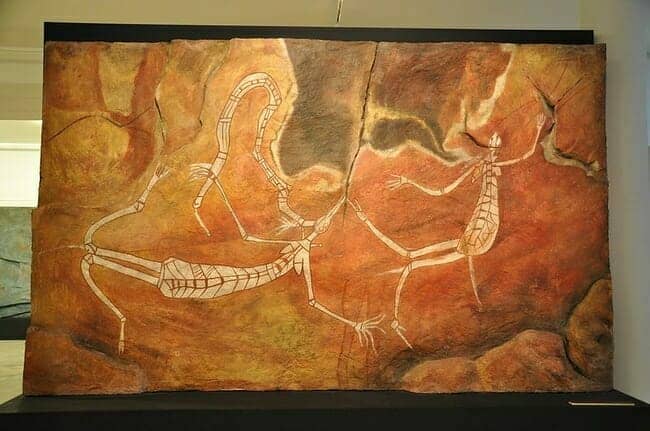
One well-known Aboriginal story that embodies this concept is the story of a powerful animal spirit called the Rainbow Snake, or Rainbow Serpent. You will see the Rainbow Snake depicted in a lot of Aboriginal artwork.4
The Aboriginal Australians believe that when they see a rainbow in the sky, it is the Rainbow Serpent who is traveling from one waterhole to another.
The Rainbow Snake is a powerful being, a protector and provider of life because he brings water. Thus, the Rainbow Snake is associated with fertility, the abundance of plants and animals, and the availability of food.
In this video from Storyteller Media, Robert Bropho, who is an elder of the Noongar People who are Indigenous Australians, tells the story of the Rainbow Serpent:
The ancient Greeks and Romans told stories of animals, whom they associated with their gods and goddesses. In addition, they honored these animals in the temples of their relevant deities.
Animal symbolism appears throughout the Old and New Testaments in the Bible. In addition, God was known to use animals and insects to send important messages to human beings, such as sending locusts to destroy the Pharaoh’s kingdom because he enslaved the Israelites.
You can read more about animals in the bible and what they mean symbolically here.
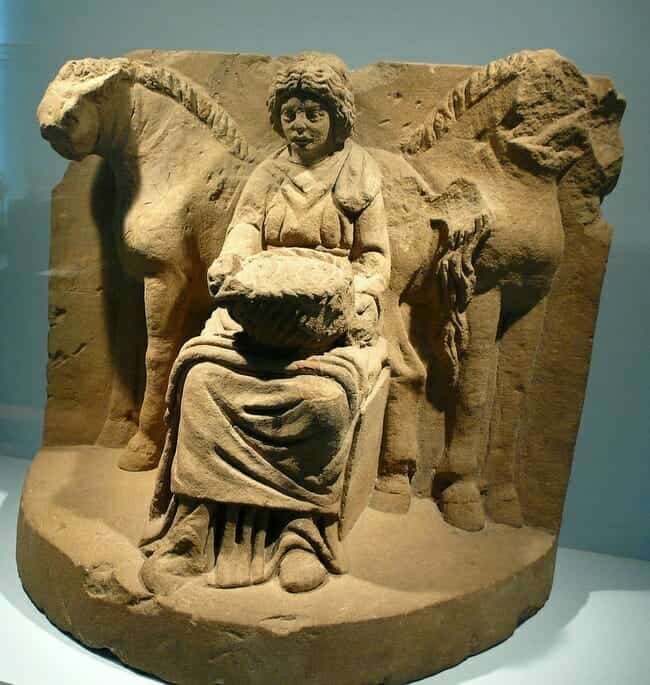
Like the Aboriginal Australians, the Celts believed the world was inhabited by spirits and divine beings, some of which would take animal forms.
The Celts associated the goddess Artio with bears. She was the goddess of wildlife, transformation, and abundance. And they associated the goddess Epona5 with horses. In fact, they believed she protected mares and foals, as well as Gallic warriors when they rode into battle. Another Celtic goddess was Morrigan, who was associated with crows. The Celts believed she helped during warfare.
In Anglo Saxon folklore, great kings were believed to be descended from bears. Some believe that King Arthur’s name comes from the Romano-Celtic god Mercurius Artaius, who was a bear god. Furthermore, the Anglo-Saxon hero Beowulf was possibly named after a bear – his name is translated to “bee wolf,” which refers to a bear who takes honey from bees.6
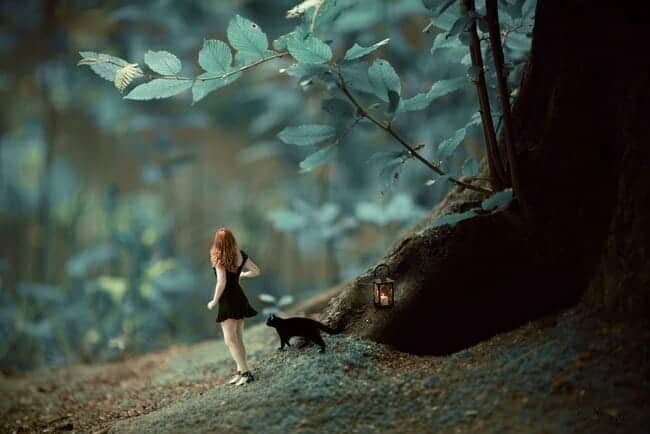
In medieval European folklore and in modern Wicca belief systems, witches often had an animal with whom they were very close. This animal was a familiar spirit, otherwise referred to as the wise woman’s familiar. The animal served as a guide and source of information, connecting the witch to the supernatural realm. Often, the familiar was a cat, but they could also be a raven, fox, wolf, or other animal.
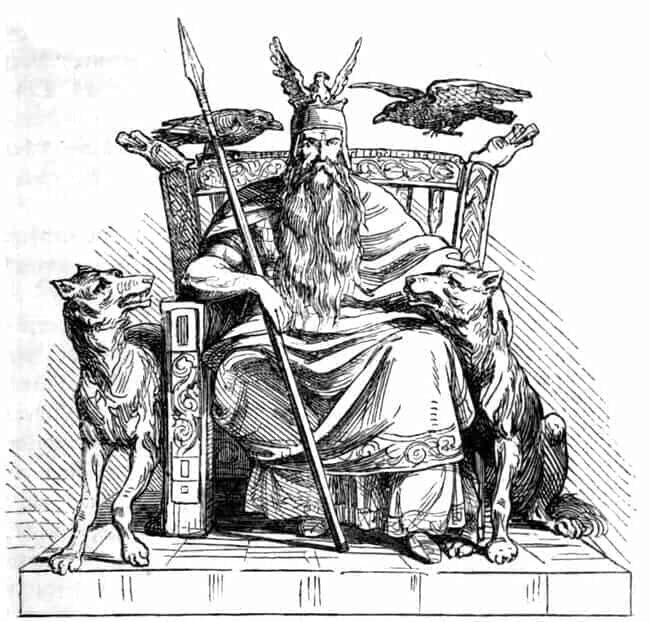
The Vikings believed that humans had supernatural fylgjur, which translates to “followers.” These fylgjur were animal spirits, and occasionally human spirits, who helped the person get through life.7
In addition, Norse gods and goddesses were often accompanied by special animals. For example, the god Odin was depicted with wolves, ravens, and horses at his side. While the goddess Freya was accompanied by wild boars.
Animal spirits also helped warriors in Norse mythology. During his training and initiation into an exclusive warrior group, a warrior would spend time alone in the wilderness. During this period, he would bond with the savage world. Eventually, he would start identifying with and establishing a spiritual union with a wild animal. This might include a bear or wolf, and the warrior would adopt their strength, fearlessness, and ferocity.8
Animals as connections to the spirit world also appear throughout Africa. For example, owls were associated with sorcery and witchcraft. The Africans believed that owls traveled freely between the material and spiritual worlds. In fact, some African tribes believed that the hoot of an owl meant that something bad was about to happen.
In Liberia, the Kpelle People held similar beliefs to the Native Americans and Aboriginal Australians. They believed that animal spirits guided and protected them. In addition, they believed that animals were a part of them, representing an alter ego or second self.9
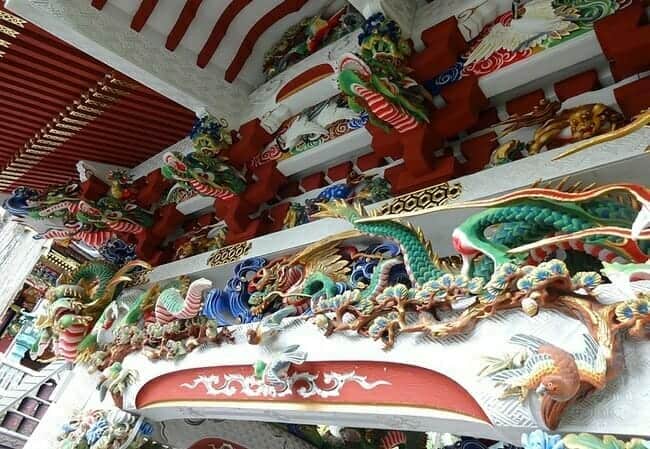
Many Asians believed, and still believe, in animals’ connections to spirits.
In the Chinese myth Shan Hai Ching, from the 4th century B.C., bears lived in caves on what was called Bear Mountain. The ancient Chinese believed that gods and spirits would play with the bears there.
The Ainu People, an Indigenous group in Japan, worshiped bears, referring to them as “kamuy,” which translates to “god.”
In other Asian religions and spiritual beliefs, people believed that animals were intricately connected to both the physical plane and the divine. And like the Celts, Native Americans, and Aborigines, Buddhists see the union, or oneness, of human beings with animals and nature.
The Shinto also believe that human beings, animals, and nature are interconnected. They consider animals to be more in tune with spirits because they have strong instincts. Thus, they believe that animals’ thought processes are more pure and less cluttered than those of the complex human brain. To this day, in Japan, butterflies and dragonflies are seen as messengers from spirits and symbols of transformation.
For Hindus, the cow, elephant, tiger, monkey, and cobra were all considered sacred.
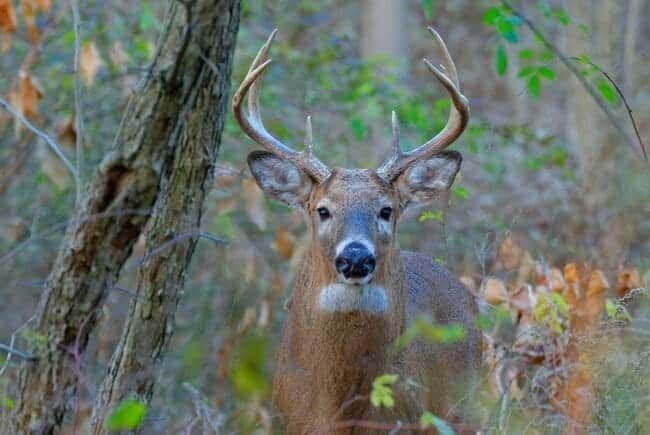
When an animal or insect crosses your path or otherwise makes themselves known to you, pay attention. There are no coincidences. Even domesticated animals, like dogs and cats, or animals and insects we see in our communities, like raccoons, coyotes, or hawks, all have something to teach us.
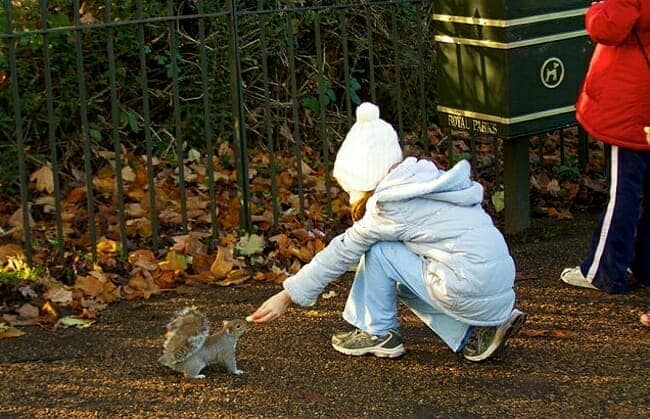
If you feel a kinship with a wild animal, but don’t have the opportunity to experience them in their natural habitat, you can get to know them in other ways. For example, by exploring the work of wildlife biologists, filmmakers, artists, and animal protection organizations.
After all, we are all here on Earth to learn, evolve, and to seek enlightenment. Animals are earthly manifestations of something greater in the Universe, just as we are. They can teach us and guide us as we navigate our soul’s journey.
You can learn more about spirit animals in my overview post what different types of animals symbolize and you can also take UniGuide’s spirit animal test.

Hello. Thanks for visiting UniGuide. My name is Kristen and I started UniGuide as a tribute to nature, animals, and spiritual exploration. I hope you enjoy your experience here!
UniGuide is dedicated to nature and animal lovers, spiritual seekers, and mythology fans.
©2025 UniGuide Media LLC
All Rights Reserved.
UniGuide participates in affiliate programs in which I may earn a small commission if you buy products you link to from UniGuide. Please see my Disclosures for details.
I donate 10% of UniGuide’s profits to animal welfare, wildlife conservation, and environmental charities. Learn more on About UniGuide.
UniGuide Media LLC
Sausalito, CA 94965
| Cookie | Duration | Description |
|---|---|---|
| cookielawinfo-checkbox-analytics | 11 months | This cookie is set by GDPR Cookie Consent plugin. The cookie is used to store the user consent for the cookies in the category "Analytics". |
| cookielawinfo-checkbox-functional | 11 months | The cookie is set by GDPR cookie consent to record the user consent for the cookies in the category "Functional". |
| cookielawinfo-checkbox-necessary | 11 months | This cookie is set by GDPR Cookie Consent plugin. The cookies is used to store the user consent for the cookies in the category "Necessary". |
| cookielawinfo-checkbox-others | 11 months | This cookie is set by GDPR Cookie Consent plugin. The cookie is used to store the user consent for the cookies in the category "Other. |
| cookielawinfo-checkbox-performance | 11 months | This cookie is set by GDPR Cookie Consent plugin. The cookie is used to store the user consent for the cookies in the category "Performance". |
| viewed_cookie_policy | 11 months | The cookie is set by the GDPR Cookie Consent plugin and is used to store whether or not user has consented to the use of cookies. It does not store any personal data. |
Notifications
2 Responses
I rescued a baby crow now he is so connected to me he calls like he’s crying when he wants me. His calls say different things like … there’s a predator or I want a treat or come and see me. I called him Munnin I thought it was appropriate
It seems as though he imprinted on you. Thank you for caring for him!